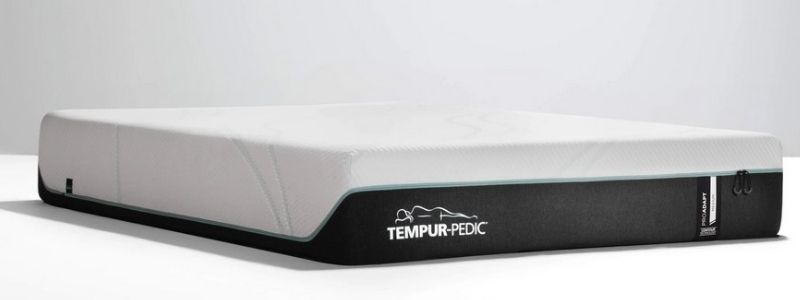Best Mattress for fat people?
Contents
When Tempur-Pedic build a visco foam mattress, it is essentially built for the average person. In order for the mattress to be supportive and comfortable for a heavy person, it must be firmer and made of higher density material in order to relieve pressure and provide restful sleep.
Good quality foam in products like Tempurpedic mattresses is already quite dense. This makes them suitable for a larger person but because the additional weight creates greater pressure, the cells in the memory material wear down quicker than they otherwise would.
High density foam beds probably wear out 2-4 years quicker, depending on body weight. Lower density foam will wear out 5-7 years quicker under similar conditions.
Viscoelastic Tempur Foam Softens Over Time
Many people notice that within a few weeks or months of purchase, their memory bed or topper becomes softer and mistakenly think that it’s already wearing out. Softening is a normal process in Tempur-Pedic mattresses as a result of the breaking in process. You may notice quicker softening if you are overweight.
A good quality bed like Tempur Pedic sleep system does soften but support is being properly maintained because of the built-in density and heat-changing firmness rating (ILD rating) as well as the firm mattress core. In other words, a Tempur-Pedic bed or topper may become softer, but it does not indicate wear if it still provides adequate support.
Should Larger People Buy A Memory Bed or Memory Topper?
You would think that being made of the same material makes toppers last as long as Tempurpedic foam beds but this is not the case. Even at the same density, the following factors cut topper lifespan short.:
- Thickness – Toppers that are too thin (only 1-2 inches) wear out quicker because when the cells at the top crumble, there is a thinner memory foam layer underneath to take their place and provide support.
- Overlay – Memory toppers are generally laid over an existing mattress or bed. If the mattress underneath is already worn out and shows sagging, the topper will simply follow that contour and make the sag even more pronounced because of its soft nature.
Most viscoelastic toppers, however, are not usually made of the same quality grade material as beds are. This means they don’t last as long. A viscoelastic material is very expensive to make and only high price tags of beds and mattresses justify its use for manufacturers.
Toppers, however, are generally much cheaper, and using Tempur-style foam of the highest quality would make it economically unrealistic for manufacturers. Tempur Pedic brand mattress overlays, however, are made of the same NASA-technology foam as Tempur mattresses. There is little information to indicate whether or not other mattress companies use the same grade foam in their toppers.
Bottom line, a visco mattress will continue to provide support and comfort without sagging for up to 15 years, provided it is made of high-density foam. A topper, on the other hand, will last up to 2-4 years provided it’s used over a solid foundation, is made of good quality material and is of the appropriate thickness.
A solid mattress foundation (usually built-in) coupled with a reasonably thick (but not too thick) memory foam layer on top helps the mattress retain its performance over a long period of time. This makes it a good choice for overweight people.
The longevity of both toppers and visco memory foam beds is also affected by body weight. Larger bodies apply more pressure on the visco mattress or topper which wears out several years quicker as a result.
Before deciding on this type of pillow, know that there is only one proven benefit of memory foam. Whether it’s enough to ensure a comfortable sleep, only you can tell.


